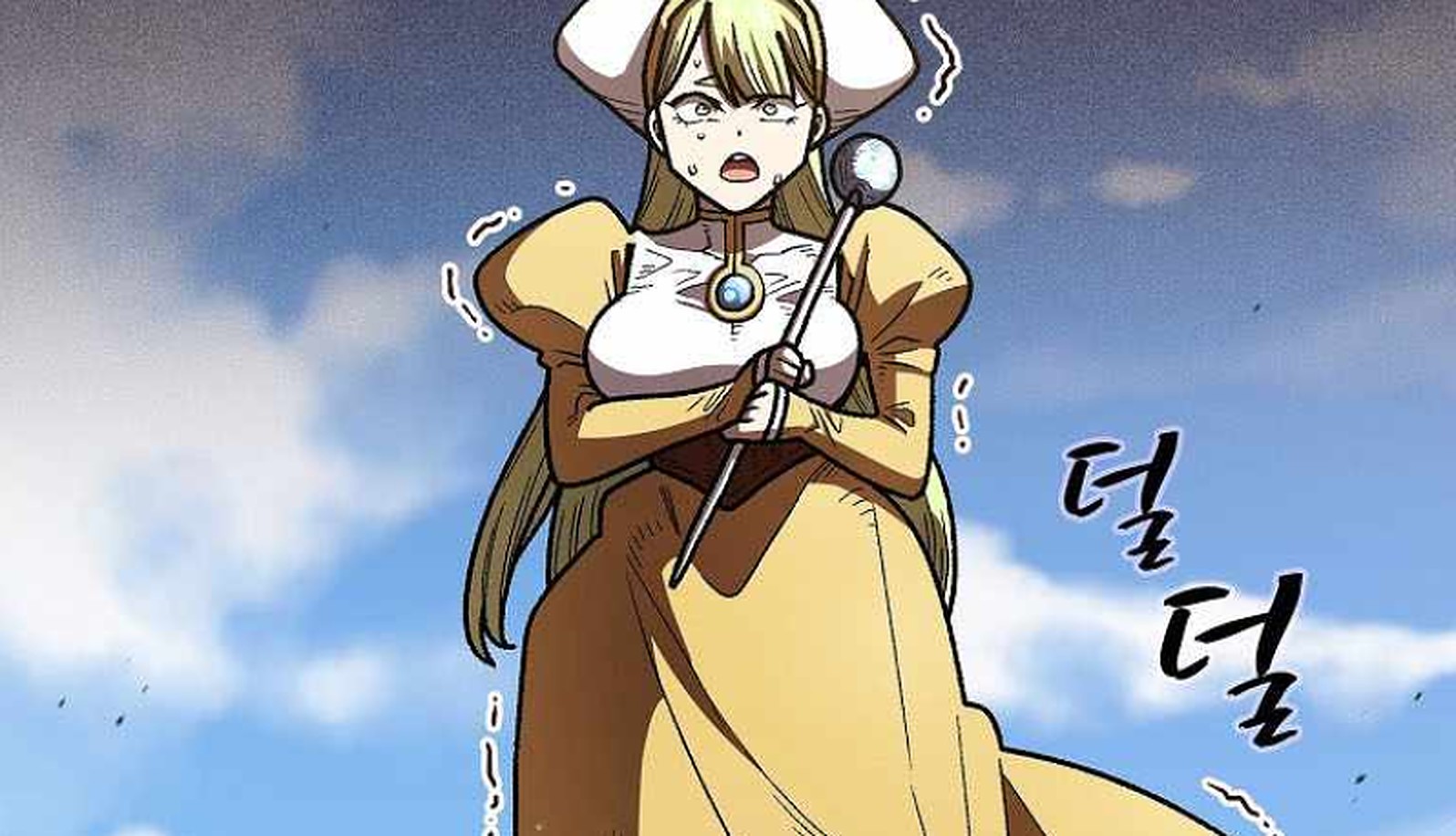Welcome to the thrilling world of fff-class trashero chapter 169, where the protagonist, Kang Han Soo, embarks on a captivating journey of self-discovery and redemption. As we delve into this chapter, we’ll witness the profound impact of his past experiences on his present actions and explore the intricate relationships he forms with other characters. Join us as we uncover the literary devices and symbols that enrich this chapter, enhancing its themes and messages.
Chapter Summary: Fff-class Trashero Chapter 169

Chapter 169 of fff-class trashero marks a pivotal turning point in the narrative, as Kang Han Soo and his companions confront the formidable army of the Demon King. The chapter unfolds in a thrilling and action-packed sequence, showcasing the extraordinary abilities and resilience of the protagonist and his allies.
Key Characters and Actions
- Kang Han Soo: The protagonist and leader of the resistance against the Demon King. He demonstrates his unparalleled swordsmanship and strategic brilliance.
- Yuhui: A skilled archer and loyal companion to Kang Han Soo. She plays a crucial role in supporting her allies and weakening the enemy forces.
- Demon King: The enigmatic and malevolent ruler of the Demon Realm. His army poses a formidable threat to the survival of humanity.
Significance of the Chapter
Chapter 169 serves as a major turning point in the story, as it sets the stage for the climactic battle between the forces of good and evil. It establishes the stakes of the conflict and highlights the extraordinary abilities of the protagonist and his allies. The chapter also provides crucial insights into the motivations and strategies of the Demon King, adding depth and complexity to the narrative.
Character Analysis

Kang Han Soo’s character undergoes significant development in Chapter 169, as he grapples with his past experiences and the complexities of his relationships.
Past Experiences
Kang Han Soo’s past as a “trashero” has left a profound impact on him. The constant rejection and humiliation he faced has instilled in him a deep-seated insecurity and a desire to prove himself.
In Chapter 169, we see how his past experiences have shaped his present actions. He is hesitant to trust others and often lashes out in anger when he feels threatened.
Relationships, Fff-class trashero chapter 169
Kang Han Soo’s relationships with other characters in Chapter 169 are also complex.
- Esmeralda: Kang Han Soo’s relationship with Esmeralda is one of mutual respect. Esmeralda recognizes his strength and potential, while Kang Han Soo values her loyalty and support.
- Chae Joochul: Kang Han Soo’s relationship with Chae Joochul is more adversarial. Chae Joochul is jealous of Kang Han Soo’s abilities and seeks to undermine him at every turn.
Literary Devices

Chapter 169 of FFF-Class Trashero employs a range of literary devices that contribute to its captivating atmosphere, engaging tone, and profound impact.
These devices serve to enhance the narrative’s emotional resonance, create vivid imagery, and underscore the chapter’s central themes.
Imagery
The chapter is replete with vivid imagery that evokes a profound sensory experience for the reader.
- “The air was thick with the acrid stench of burnt flesh.” This olfactory imagery evokes a visceral reaction, immersing the reader in the gruesome aftermath of the battle.
- “The blood-soaked ground glistened like a macabre mirror.” This visual imagery paints a haunting picture of the carnage, amplifying the horror of the conflict.
Foreshadowing
Foreshadowing is used throughout the chapter to create a sense of suspense and anticipation.
- “A faint flicker of light appeared on the horizon.” This foreshadows the arrival of a powerful force that will significantly impact the battle.
- “The traitor’s eyes held a sinister gleam.” This foreshadows the character’s betrayal, adding an element of intrigue and tension to the plot.
Irony
Irony is employed to create a sense of dramatic tension and highlight the chapter’s central themes.
- “The strongest warrior fell by the hand of a mere child.” This ironic twist subverts expectations and emphasizes the futility of war.
- “The peace treaty was signed in the shadow of a battlefield.” This irony underscores the fragile nature of peace and the lingering scars of conflict.
Symbolism
Symbolism is used to add depth and resonance to the narrative.
- “The broken sword symbolized the shattered hopes and dreams of the combatants.” This symbolism conveys the devastating impact of war on the human spirit.
- “The phoenix rising from the ashes represented the resilience and rebirth that followed the conflict.” This symbolism offers a glimmer of hope amidst the darkness.
Pathos
Pathos is employed to evoke strong emotions in the reader, creating a profound connection with the characters and their struggles.
- “The mother’s heart sank as she watched her son march off to war.” This pathos-laden moment taps into the universal emotions of love, loss, and sacrifice.
- “The soldier’s eyes welled up with tears as he realized the futility of his fight.” This moment of despair evokes a deep sense of empathy and compassion for the character.
Conclusion
The literary devices employed in Chapter 169 of FFF-Class Trashero work in concert to create a multi-layered and emotionally resonant narrative.
Through vivid imagery, foreshadowing, irony, symbolism, and pathos, the chapter immerses the reader in the horrors of war while exploring its profound impact on the human spirit.
Symbolism and Allegory

Chapter 169 of fff-class trashero is rife with symbolism and allegory, adding depth and nuance to its narrative. These literary devices elevate the chapter’s themes and messages, providing readers with a richer and more meaningful experience.
Character Symbolism
The characters in Chapter 169 often represent abstract concepts or ideas. For example, the protagonist, Kang Han Soo, embodies the indomitable spirit of perseverance and determination in the face of adversity. Meanwhile, the antagonist, the Demon Lord, symbolizes the forces of evil and chaos that threaten to consume the world.
Object Symbolism
Objects in the chapter also carry symbolic significance. The sword that Han Soo wields represents his strength and courage, while the shield he uses to protect himself symbolizes his resilience and unwavering resolve. The labyrinth that Han Soo navigates represents the challenges and obstacles he must overcome on his journey.
Event Allegory
Certain events in the chapter can be interpreted as allegories for real-world experiences or concepts. For instance, the battle between Han Soo and the Demon Lord can be seen as an allegory for the struggle between good and evil within the human soul. The labyrinth that Han Soo navigates can be interpreted as a metaphor for the journey of self-discovery and personal growth.
Final Wrap-Up

In fff-class trashero chapter 169, Kang Han Soo’s journey serves as a testament to the power of perseverance and the transformative nature of redemption. Through his trials and tribulations, he learns to embrace his true self and forge meaningful connections with others. As we conclude our exploration of this chapter, let us reflect on the lessons it imparts about the complexities of human nature and the indomitable spirit that resides within us all.
Key Questions Answered
What is the significance of Kang Han Soo’s past experiences?
Kang Han Soo’s past experiences shape his motivations and actions in the present. They have taught him the importance of perseverance, resilience, and the value of true friendship.
How does Kang Han Soo’s character develop in this chapter?
In this chapter, Kang Han Soo shows significant growth as he learns to embrace his true self and let go of his past regrets. He also develops stronger relationships with others and becomes more confident in his abilities.
What literary devices are used in this chapter?
The chapter employs literary devices such as foreshadowing, symbolism, and imagery to create a vivid and immersive reading experience. These devices enhance the chapter’s atmosphere, tone, and overall impact.
